The art of directing the construction of a solid base.
Before launching the general uprising, the Party advocated building and consolidating revolutionary base areas – places for establishing command centers, training cadres, mobilizing the masses, and preparing forces. Among these, the Viet Bac base area was the most typical example, considered the cradle of the armed revolution. As early as 1941, leader Nguyen Ai Quoc chose Pac Bo (Cao Bang) as the base of operations. From there, the movement spread to the midland and delta provinces of Northern Vietnam. The bases of Bac Son-Vo Nhai, Trang Xa, Dinh Hoa, etc., played a central role in organizing and leading the revolution. The art of building base areas was demonstrated in the selection of rugged terrain that was close to the people, organizing self-governing people, establishing rudimentary revolutionary governments, and simultaneously developing politics , military affairs, and logistics on the spot. It was from these base areas that the order for the general uprising was issued, marking the beginning of the nationwide revolt.
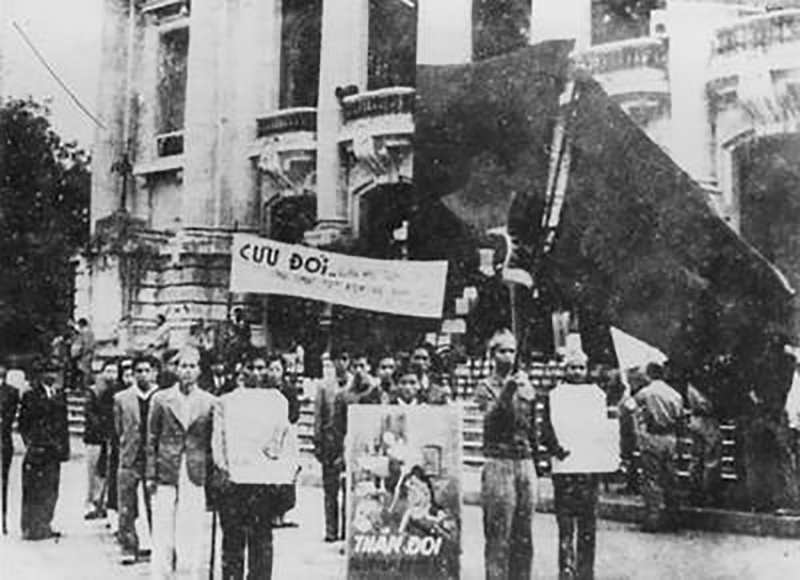 |
| Implementing the General Uprising order during the August Revolution of 1945 in Hanoi . (Archival photo) |
The art of building and developing a force.
Along with establishing revolutionary bases, developing revolutionary forces was a vital task. The Party demonstrated strategic vision and flexible organizational skills in building political and armed forces. Politically, national salvation organizations (youth, women, peasants, etc.) were extensively developed, serving as a foundation for the movement. Armedly, the Party built national salvation self-defense units, which then developed into guerrilla units, eventually establishing regular forces such as the Vietnam Propaganda and Liberation Army. The art of developing forces was not only about increasing quantity but also improving ideological and organizational quality. In particular, all forces were formed within the people, relying on the people, and closely connected with the people, creating immense and unwavering strength.
The art of seizing the opportunity for rebellion.
One of the most outstanding features of the August Revolution of 1945 was the art of seizing revolutionary opportunities. After the surrender of the Japanese fascists to the Allied forces (August 15, 1945), the political situation in Vietnam fell into a state of "power vacuum." The pro-Japanese government in Indochina collapsed, the Japanese army was awaiting disarmament, and the Allied forces had not yet arrived. Faced with this situation, the Standing Committee of the Central Party and President Ho Chi Minh quickly assessed that the opportune moment had arrived and decided to launch a nationwide general uprising. Seizing this "golden opportunity" demonstrates the sharp, sensitive, and decisive leadership of the Party. They clearly understood that any delay could allow reactionary forces or the Allied forces to intervene and affect the revolutionary situation. This is clear evidence of their keen awareness of the situation, their ability to choose the right time, seize the right moment, and make the right decisions.
The art of directing partial uprisings in a flexible and creative manner.
The August Revolution of 1945 did not occur simultaneously but was carried out in stages, flexibly, and in accordance with the specific conditions of each locality. This is a unique aspect of the art of revolutionary leadership. In places with strong movements and ready masses, the uprising began early, seizing power quickly, such as Hanoi, Hue, and Saigon. In places still facing difficulties, propaganda, mobilization, and reorganization of forces were conducted, waiting for the opportune moment. This approach ensured creativity in the uprising while maintaining nationwide synchronicity. The Party had long-term preparations in building base areas such as Viet Bac, organizing the Viet Minh front, developing armed self-defense forces, and carrying out semi-armed struggles in many places. The art of "softening" the enemy's puppet apparatus before launching the general uprising was a key aspect of the leadership in preparing for the revolution.
The art of combining political struggle with armed struggle.
One of the innovative and unique aspects of the August Revolution of 1945 was the harmonious and effective combination of political and armed struggle. The masses played a crucial role in paralyzing the old ruling apparatus through demonstrations, rallies, marches, and the occupation of government offices, forcing the puppet regime to relinquish power. The armed forces only appeared at crucial moments to support, protect, or seize key institutions, creating rapid change without causing significant losses. A prime example is the uprising in Hanoi on August 19, 1945, when tens of thousands of people took to the streets to occupy key government offices. Armed forces played only a supporting role, yet proved decisive in the final moments. This is the art of "using the strength of the masses as the main force," combining political and armed struggle to achieve maximum goals with minimum losses – a historical miracle.
The art of harnessing the power of the entire nation.
Our Party skillfully mobilized and organized the great national unity – a prerequisite for the victory of the uprising. The Viet Minh Front was a vast political tool, attracting all social strata: farmers, workers, intellectuals, small traders, youth, women, ethnic minorities... Every citizen became a revolutionary fighter, participating in the uprising in their own way: taking to the streets to demonstrate, spreading information, hiding cadres, ensuring logistics... From cities to rural areas, from mountainous regions to plains, the entire nation rose up to act for a common goal. The art of mobilizing, organizing, and uniting the entire people was not something that happened just a few days before the uprising, but was the result of a long revolutionary process, from the national struggle and class struggle to the anti-Japanese resistance movement. Thanks to this, when the opportunity arose, the people were ready, determined, and acted in unity under the leadership of the Party.
DAO VAN DE
* Please visit the section "80 Years of Independence, Freedom, and Happiness" to view related news and articles.
Source: https://www.qdnd.vn/80-nam-cach-mang-thang-tam-va-quoc-khanh-2-9/nghe-thuat-to-chuc-khoi-nghia-trong-cach-mang-thang-tam-838820








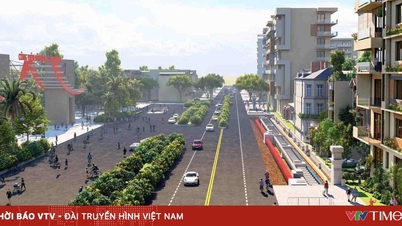



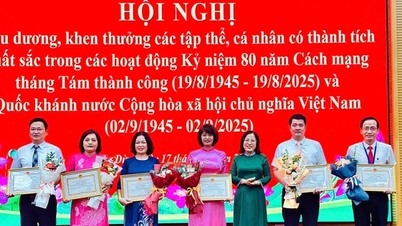

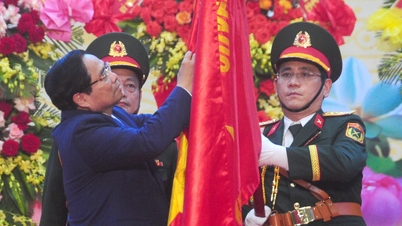

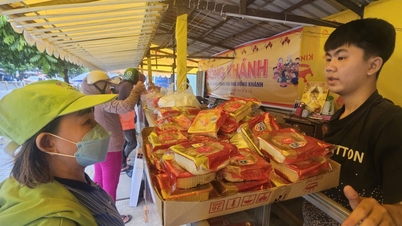












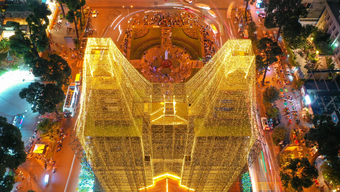

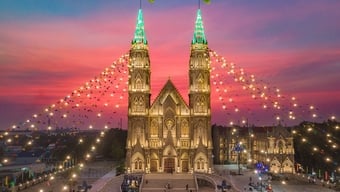


































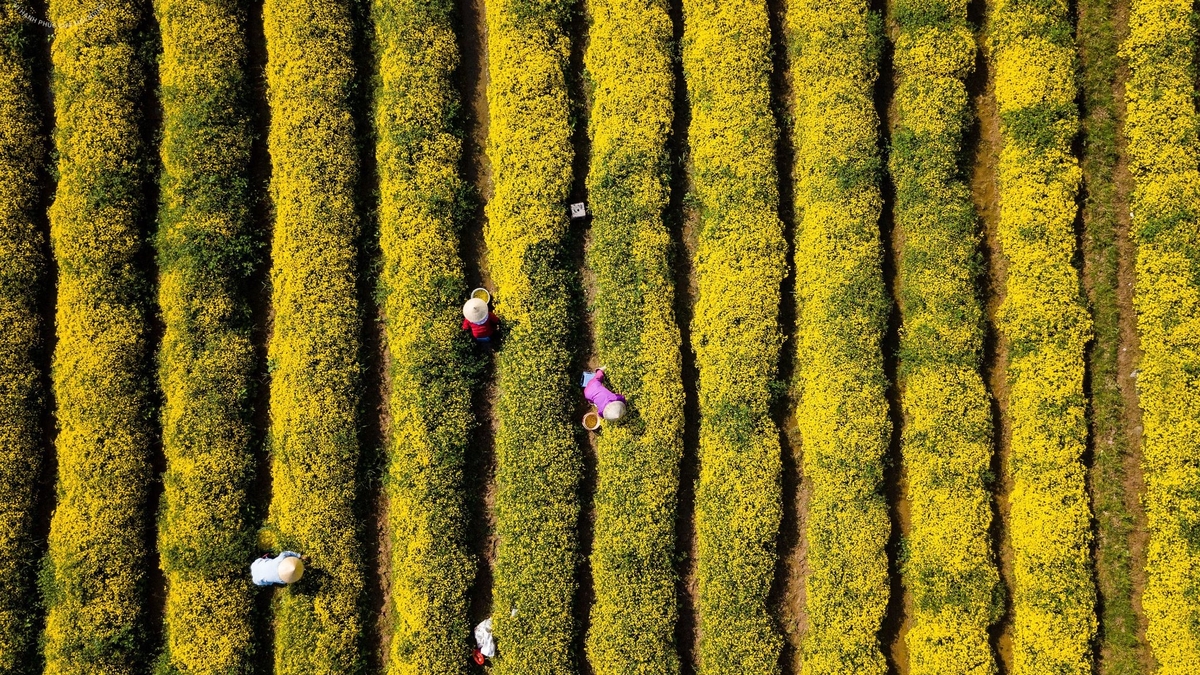
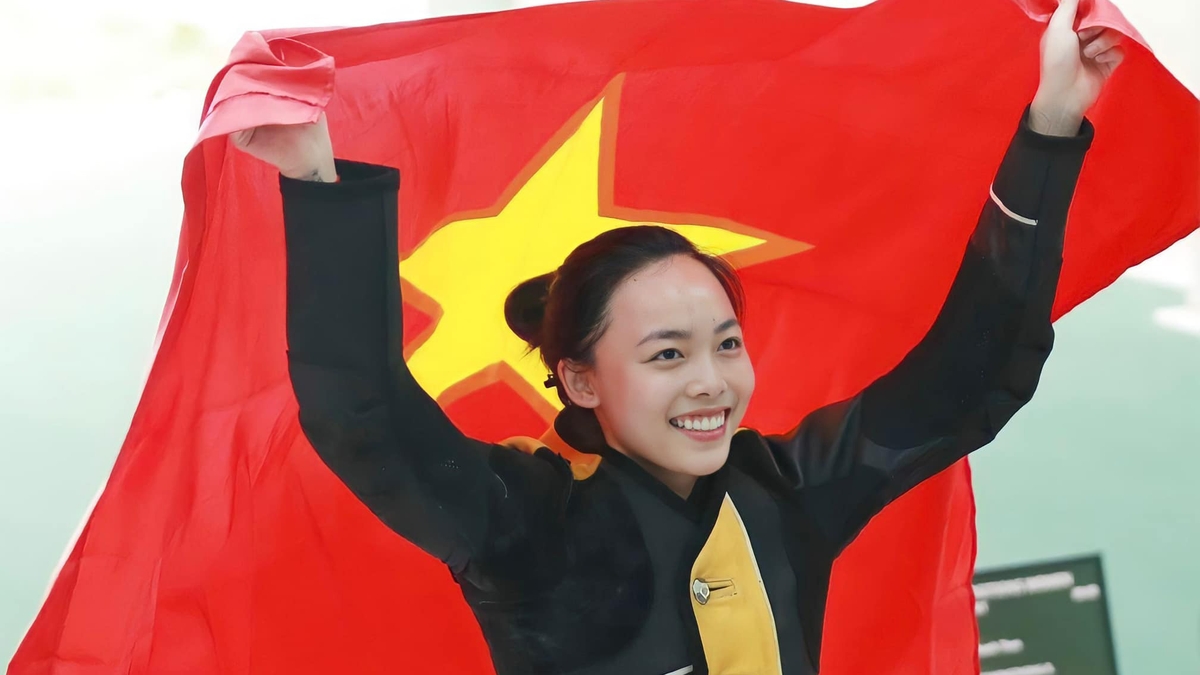
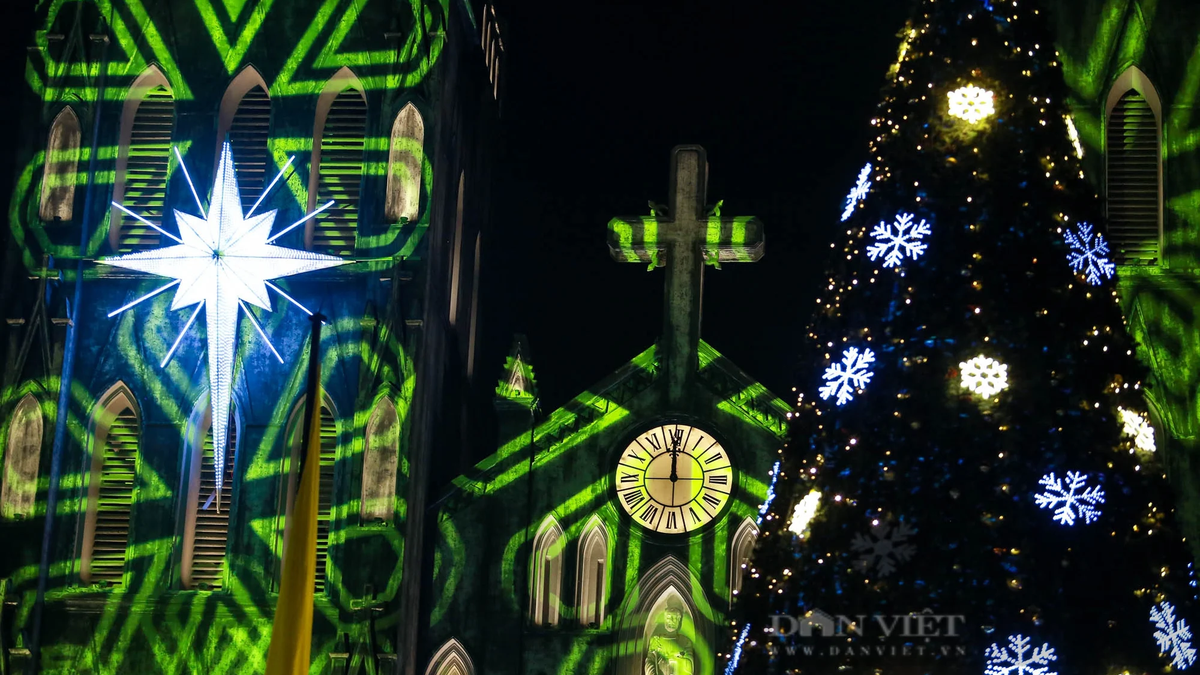
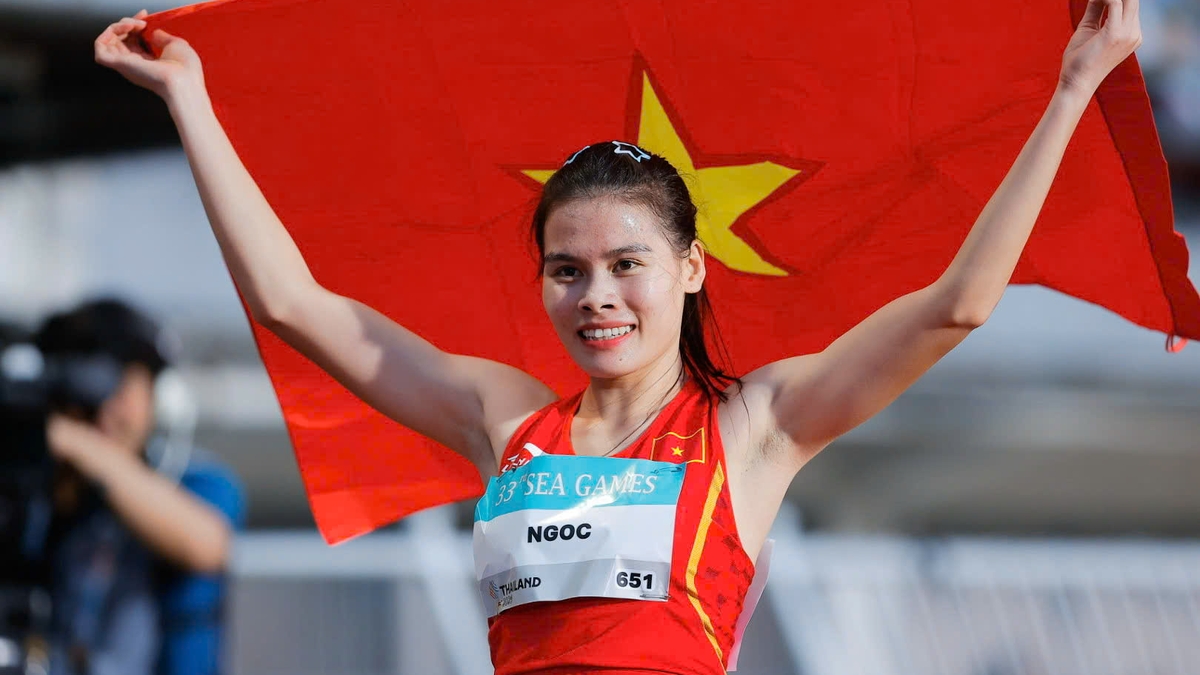


































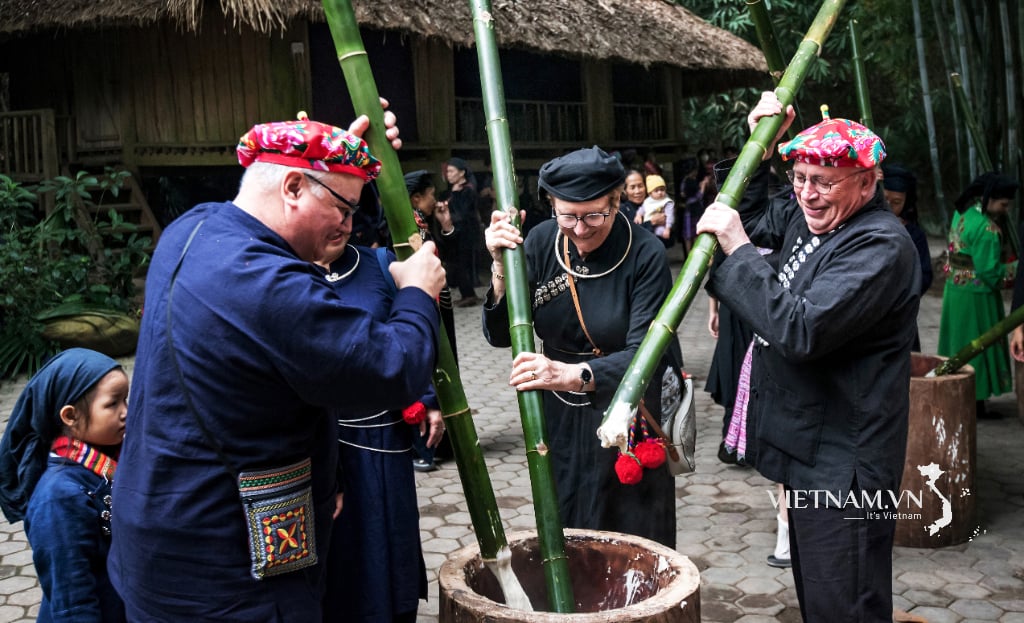

Comment (0)